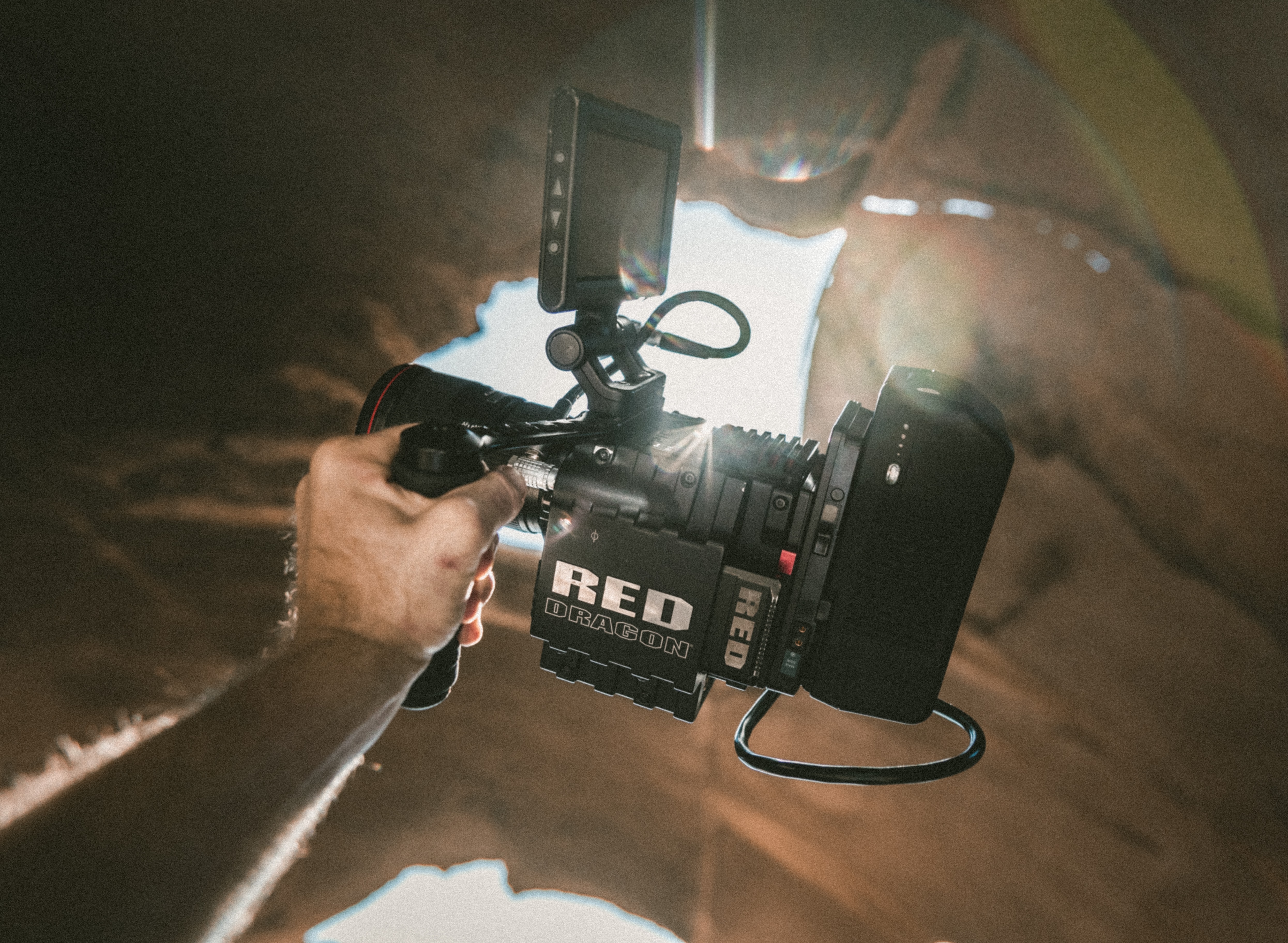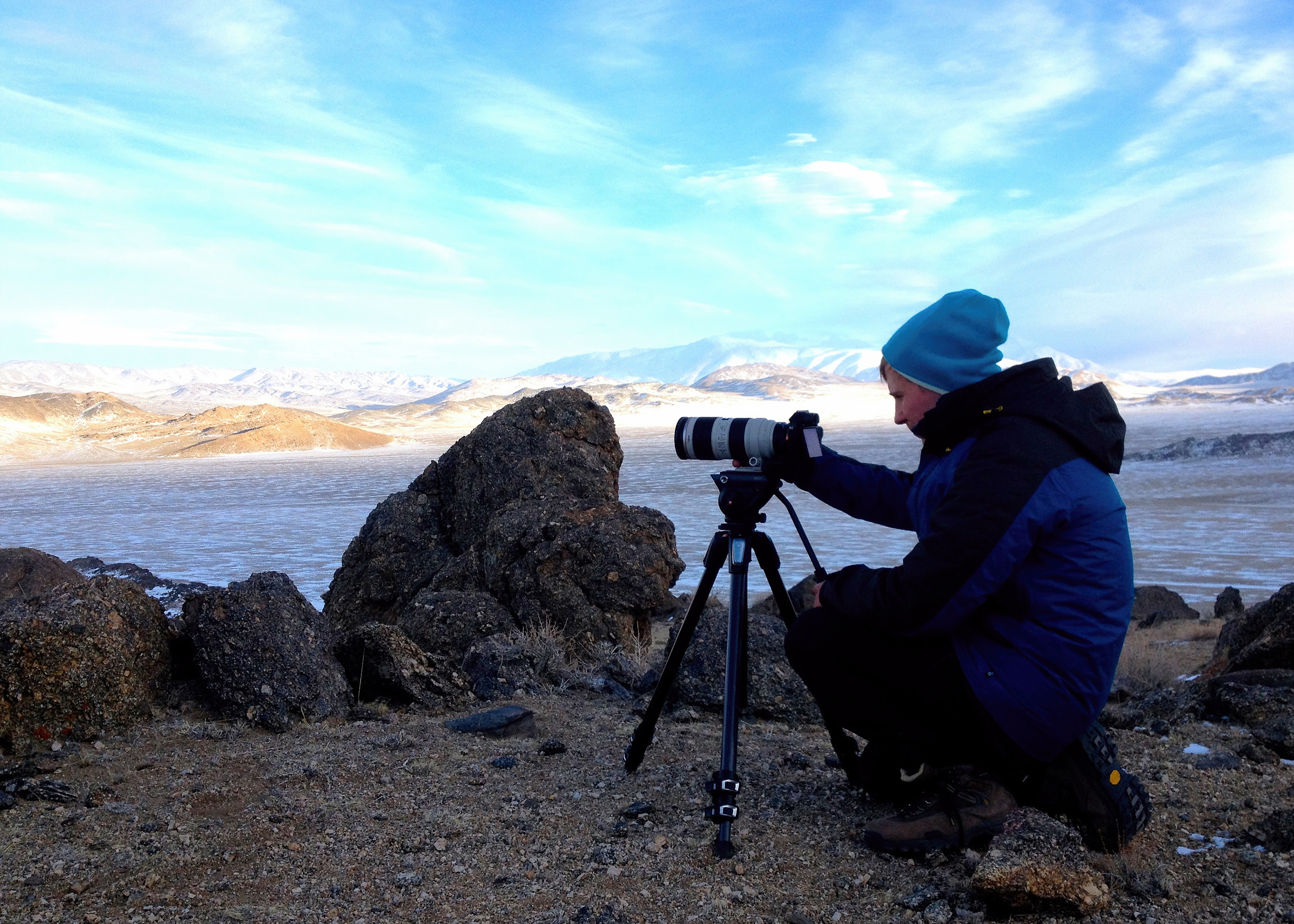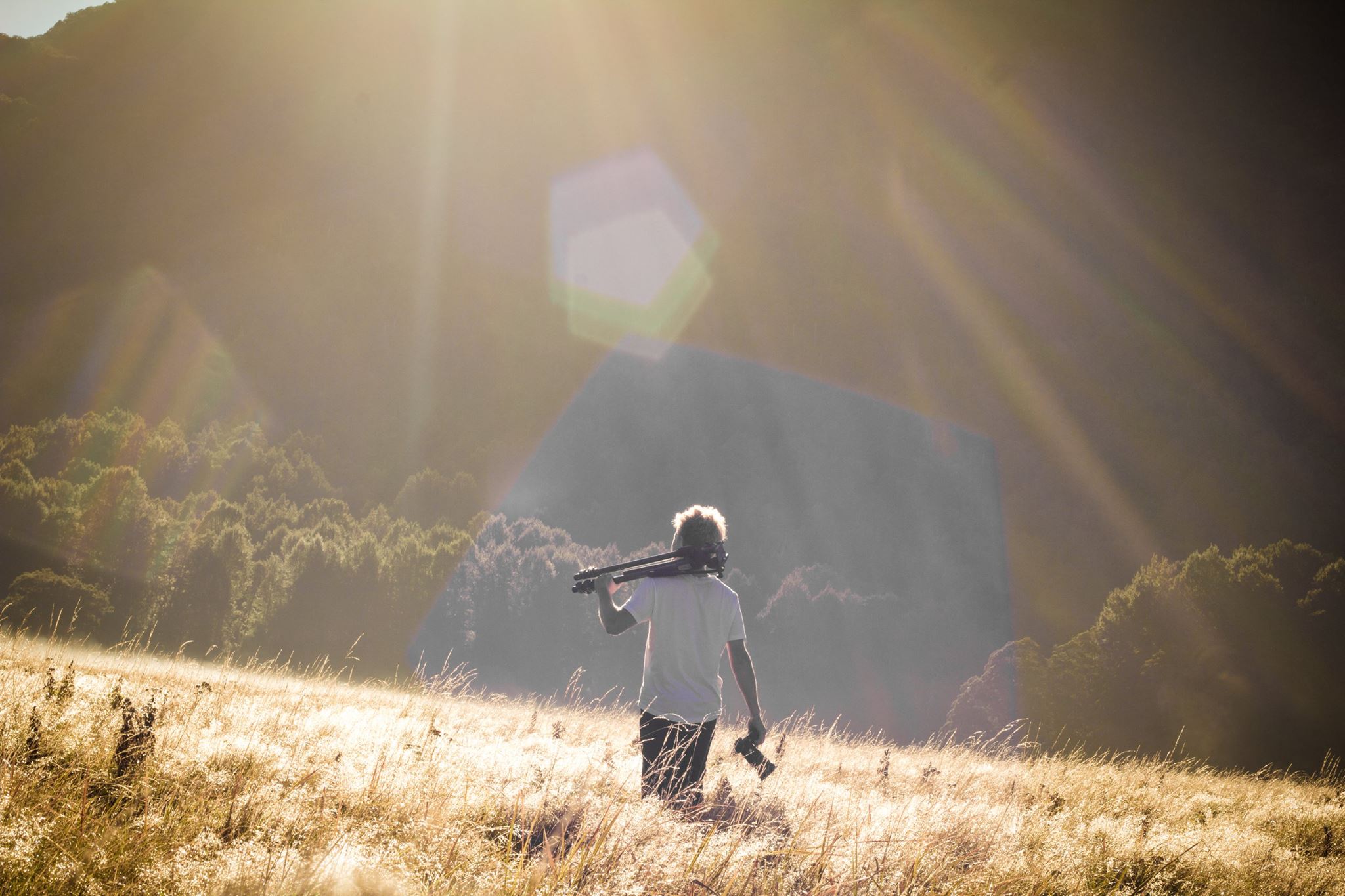How to Light a Cinematic Scene (Without Lights)

Lighting is one of the most important elements of cinematography and probably the least understood and least appreciated among beginners. As a documentary filmmaker, you often don’t have time to set up lights or it’s not appropriate to do so, so you’ll mainly be using sunlight.
Mastering Natural Light in Documentary Filmmaking
In documentary filmmaking, the approach to lighting, particularly the use of natural lighting, stands as a testament to the genre's pursuit of authenticity and realism. Unlike the orchestrated ambiance of cinematic lighting in narrative film, documentary filmmakers often rely on natural light to illuminate their subjects. This reliance on available light does not merely stem from practical or budgetary constraints; it is a deliberate choice that adds a layer of genuineness to the storytelling. Natural lighting captures the environment as it is, preserving the real-world textures and nuances often essential to the documentary's narrative.
The skillful use of natural light in documentaries can convey a sense of time and place, evoke specific emotions, and underscore the authenticity of the subjects being filmed. It requires a keen eye for the dynamics of daylight and shadow, and how these elements interact with the environment. Filmmakers may adjust their shooting schedules to the golden hours of sunrise and sunset, when the natural light is most flattering, or use diffusers and reflectors to manipulate the available light subtly.
This approach to lighting aligns with the documentary ethos of truthfulness, grounding stories in a tangible reality that resonates with viewers. It challenges filmmakers to be inventive and responsive to their surroundings, turning the unpredictability of natural light into a narrative asset. The result is a visual narrative that feels immediate and intimate, inviting viewers into a space that feels both personal and universal.
So as a documentary filmmaker, how can you harness natural light so it looks cinematic? Well, in this video I share how to shoot in harsh sunlight without needing expensive equipment:
It's also important to note that there are five elements that affect natural light. I'm going to run through what these are now and how you can use them to harness the sun when filming.
Filming in Harsh Sunlight: Tips for Cinematographers
1. Angle of the sun
This will vary depending on the time of day you’re filming. For example, if you’re filming in the middle of the day, the sun will be at its strongest point and right above the subject creating a harsh light on the subject. Whereas if you’re filming at sunrise or sunset, also known as the golden hour, the light will be much softer and create a more dreamlike feel to your image. There’s a handy little app called Sun Scout which I love using when exploring a location before filming. The app tells you where the sun will be positioned at any time of the day, any time of the year. This is super helpful if you need the sun in a certain position as it will tell you exactly what time you need to film so you can schedule your filming around it.

2. Weather
This is the most unpredictable part of using natural light. While we are at the mercy of mother nature, we can reduce some of the frustrations and be better prepared to take advantage of whatever light we are dealt. We can do this by checking the weather reports before filming, observing light-affecting weather in those places, and understanding what might cause certain conditions such as fog or even a sandstorm.

3. Diffusion of light
Diffused light is any light that has been softened in some way. It doesn’t have the intensity or glare of direct light. it is scattered and comes from all directions so, rather than casting harsh shadows, instead, it blurs the edges of shadows and seems to wrap around objects giving a nice soft look. The first and the simplest way to diffuse light is to position yourself and your subject out of direct sunlight, for example, in the shade or indoors. You can also diffuse light with man-made diffusers, which are usually large pieces of satin stretched over a frame.

4. Reflection of light
If you want to light your subject’s face because the sun's behind them, you can use what’s called a bounce board or reflector, which basically reflects the sunlight onto your subject. As you can see in the photo below, I used a reflector on the subject so we can see more of their face, because in some cases, the diffused light can make everything look a little bland and flat, so it’s good to give the shot a bit of a lift. The man-made reflector works by simply reflecting the light and directing it towards the subject. If you don’t have a reflector, you can use almost anything flat and relatively bright, like a white bed sheet, a white wall, a window, a mirror, snow, water or even bright sand.

5. Camera position
Beginner filmmakers often think they should have the sun behind them so it’s pointing towards the subject and lighting their face. However, I personally prefer filming into the sun as this gives a lovely light from behind, called backlighting. I love backlight for a few reasons. Firstly, it creates sun flares and I’m a big fan of filming my subject as the sun comes in and out, behind my subject. I’m always looking for shots where I can include the sun. Secondly, it’s easier for your subject to keep their eyes open, as they’re facing away from the sun rather than staring into it and squinting constantly. Thirdly, having the sun behind the subject creates a much nicer even light on their face, whereas if you film directly into the sun you get harsh shadows. And finally, I love backlight because it creates separation from the subject and the background by creating what’s called a halo effect—a glowing rim around the subject. When filming the human face, having the sun behind the subject is almost always more flattering than them being in direct sunlight.

Mastering Natural Light Videography: Tips for Golden Hour Shooting
Shooting a video with natural light not only harnesses the beauty of the environment but also adds authenticity and mood to your footage. To achieve the best results, it's essential to plan your shoot around the golden hours—just after sunrise or before sunset—when the light is soft, diffused, and warm, giving your video a magical glow. Position your subject with the sun behind or to the side to avoid harsh shadows and squinting. Reflectors can be invaluable in bouncing light to fill in shadows, especially on faces. On overcast days, take advantage of the even, natural light that minimises shadows and highlights, perfect for capturing details without the worry of direct sunlight. However, it's crucial to monitor the changing conditions of natural light; a sudden shift in weather can alter your lighting setup. Always ensure your camera settings are adjusted to the light's intensity—playing with ISO, aperture, and shutter speed to accommodate the natural light's variability. Remember, the key to mastering natural light video shooting is flexibility and creativity, adapting to the light's whims to capture stunning, illuminated footage that feels alive and authentic.
Embracing Authenticity: The Power of Natural Light in Documentary Filmmaking
Natural light holds a pivotal role in documentary filmmaking, imbuing the footage with a sense of realism and authenticity that is hard to replicate with artificial lighting. It connects the audience more intimately to the subject matter, grounding the narrative in a tangible, relatable world. Utilising natural light, filmmakers can capture the raw emotions, genuine expressions, and the unvarnished truth of their subjects, creating a powerful visual storytelling element that resonates deeply with viewers. Moreover, natural light is dynamic and versatile, offering a range of tones, shadows, and contrasts that can dramatically alter the mood and atmosphere of a scene, enhancing the narrative without the need for extensive setups or expensive equipment. This approach not only fosters a more spontaneous and reactive shooting style, essential for the unpredictability of documentary filmmaking, but also emphasises the filmmaker's commitment to presenting their story in the most honest and natural form possible. The use of natural light in documentaries is a testament to the genre's pursuit of truth, providing a visually stunning and emotionally engaging viewing experience that mirrors the complexity and beauty of the real world.
Best Camera Settings for Capturing Stunning Natural Light Videos
Mastering natural light videography demands a nuanced understanding of camera settings to harness the full potential of the environment's lighting. The key is to balance ISO, aperture, and shutter speed to adapt to the ever-changing natural light. Start with setting your ISO as low as possible to reduce noise, ensuring crisp, clear footage. A lower ISO is particularly effective in bright conditions, whereas you may need to increase it slightly in dimmer settings while avoiding going too high to prevent graininess. The aperture should be adjusted according to the desired depth of field; a wider aperture (lower f-number) allows more light in, perfect for creating a shallow depth of field and focusing attention on your subject. Meanwhile, your shutter speed should ideally be double your frame rate to maintain natural motion blur, contributing to a smoother, more cinematic look. Additionally, using a neutral density (ND) filter can help manage the amount of light entering the lens, allowing for greater control over these settings in bright conditions. Experimentation and adjustment to these core settings in response to the natural light's intensity and angle are vital for capturing visually compelling, well-exposed video footage.
Mastering Natural Light in Documentary Film
Harnessing the power of natural light in documentary filmmaking is both an art and a science. While lighting is a crucial element of cinematography, understanding and mastering the nuances of natural light can elevate your work to new heights. From the angle of the sun to the unpredictable nature of weather, and from the diffusion techniques to the optimal camera positions, every detail matters. As filmmakers, we often find ourselves in dynamic environments where adaptability is key. By embracing the five elements that affect natural light, you can transform even the harshest sunlight into a cinematic masterpiece.
If you're wanting more filmmaking tips, you can check out our free filmmaking training here: 10 Secrets to Creating Cinematic Documentaries
















